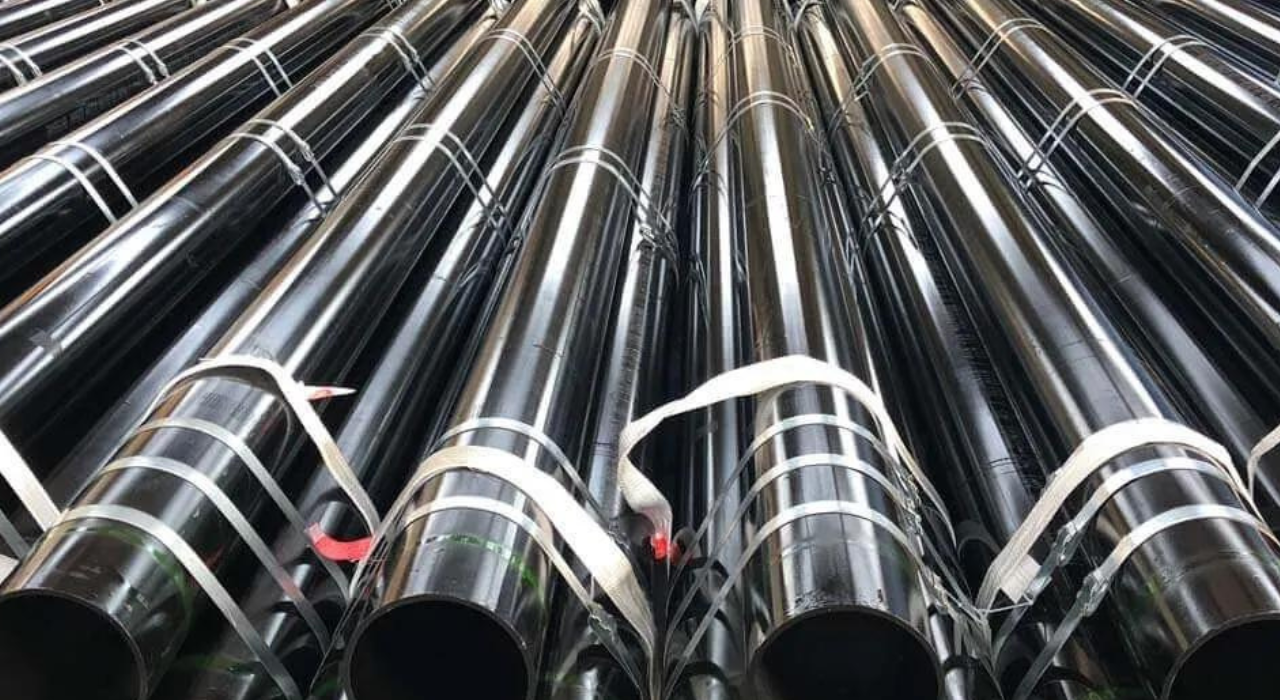Pipe fittings are essential additives in plumbing structures, ensuring proper float, connection, and course of liquids or gases. They arrive in diverse types, such as elbows, tees, couplings, and valves, each serving precise capabilities. Proper-selected fittings make certain green operations, prevent leaks, and keep system integrity.
To learn more about types of pipe fittings must visit our website. Therefore, the significance of pipe fittings lies in their position as essential elements in developing practical and reliable plumbing infrastructure.
Types of Pipe Fittings
Pipe fittings are available in diverse kinds, every serving a specific purpose in plumbing or piping systems. Right here are some common kinds
Couplings
Couplings are vital pipe fittings used to attach two pipes of equal diameter in an immediate line. Available in materials like steel, copper, and percent, they ensure cozy and leak-free connections. Threaded couplings are screwed onto pipes, at the same time as slip-on couplings are secured with clamps or adhesive, facilitating easy installation and renovation in plumbing and piping systems.
Elbows
Elbows facilitate adjustments in route inside piping structures, to be had in angles like 45, 90, and 180 ranges. Constituted materials consisting of stainless steel, brass, or %, they make certain easy flow redirection. Those fittings are vital for maneuvering pipelines around limitations and corners, keeping efficiency in industrial, commercial, and residential plumbing applications.
Tees
Tees, equivalent to the letter "T," create branches in piping structures, enabling fluid flow in two perpendicular guidelines. Available as equal tees with uniform openings or lowering tees with various sizes, they accommodate various configurations. Typically made from materials like metal, copper, and PVC, tees are vital for distributing fluids correctly in plumbing, HVAC, and business structures, helping seamless operations and best overall performance.
Reducers
Reducers seamlessly connect pipes of various diameters and ensure clean transitions in piping systems. They come in concentric and eccentric designs, with concentric reducers maintaining a uniform centerline and eccentric reducers accommodating peak variations. Made from materials like stainless steel, p.C, or copper, reducers facilitate green fluid flow at the same time as minimizing pressure loss. They're crucial additives in diverse applications, such as water distribution, HVAC structures, and industrial processes, optimizing overall performance and machine integrity.
Unions
Unions offer detachable joints among pipes, facilitating installation and maintenance. Consisting of male and female ends with a joining nut, they permit for brief disassembly without detrimental to the pipes. Commonly made from materials like brass, stainless steel, or percent, unions are critical in applications requiring frequent access, along with plumbing, irrigation, and fluid transportation structures. Their versatility and reliability lead them to critical fittings for ensuring efficient and trouble-free operations.
Caps and Plugs
Caps completely seal pipe ends, at the same time as plugs provide temporary closures or get the right of entry to factors. They come in numerous designs like threaded caps and expansion plugs, catering to extraordinary applications. Caps offer leakproof seals, ensuring system integrity, whilst plugs facilitate easy inspection or cleaning. Crafted from materials like plastic, rubber, or steel, caps and plugs play critical roles in plumbing, irrigation, and business structures, safeguarding against leaks and infection.
Crosses
Crosses feature four openings, permitting complicated piping configurations with more than one branch strain. They resemble tees however encompass a further outlet. Essential for dispensing fluids in various directions, crosses ensure efficient glide control in business, business, and residential structures. Made of substances like steel, copper, or percent, they provide dependable connections and support optimal system performance. Crosses are commonly utilized in hearth sprinkler structures, HVAC installations, and system piping applications.
Conclusion
Pipe fittings are indispensable components in plumbing and piping systems, enabling seamless connections, path changes, and glide law. Understanding exceptional varieties of fittings and their programs is critical for designing green and dependable piping structures. Whether it is an easy coupling or a complex move, each fitting performs a critical role in ensuring the easy operation of numerous industrial, commercial, and residential applications.


